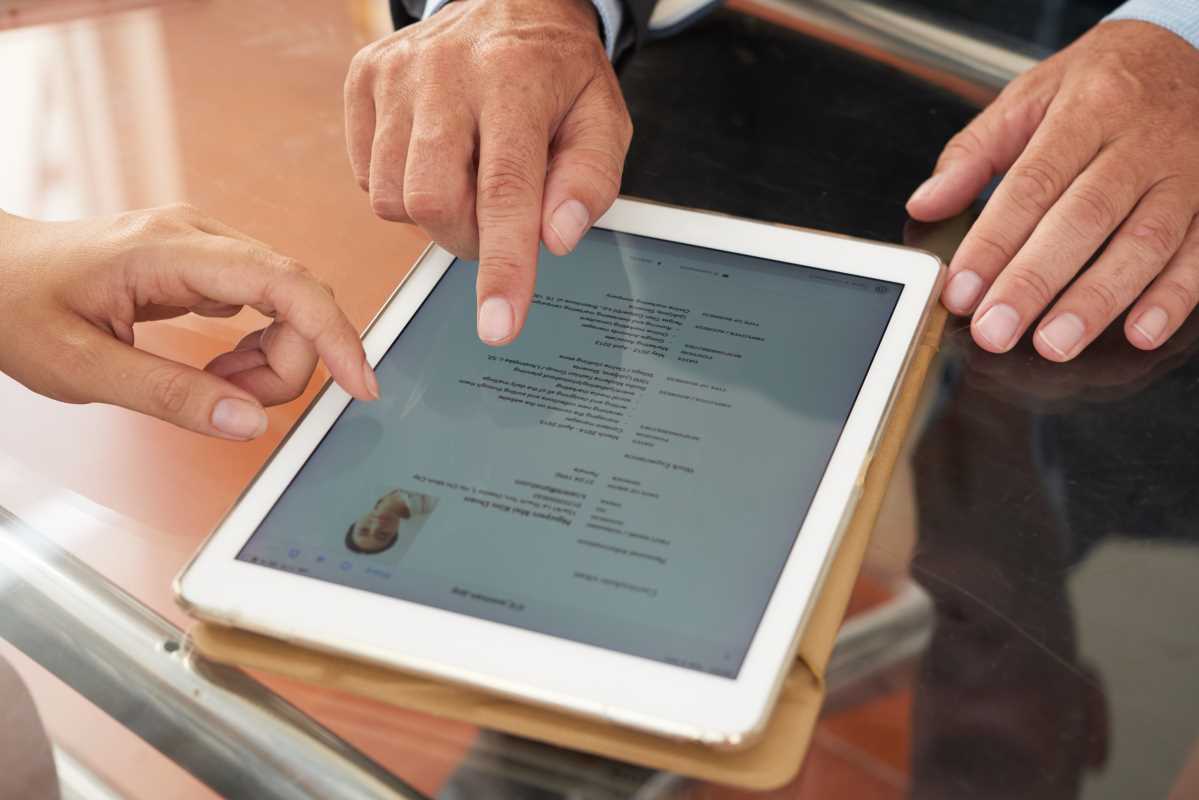The past few years have seen rapid growth in remote work opportunities, transforming how businesses and individuals approach employment. With technological advancements and a shift in organizational culture, remote work has become more accessible and sustainable. This trend underscores the need for individuals to equip themselves with the right tools and technologies to thrive in a remote work environment.
The Importance of Remote Work Tools
The transition to remote work offers numerous benefits, including flexibility, reduced commute times, and increased productivity. However, it also presents communication gaps, project mismanagement, and security risks. Leveraging the right tools and technologies can mitigate these challenges and create an efficient, collaborative virtual workplace. Below, we delve into the essential tools for successful remote work and explore additional considerations to ensure long-term success in this growing trend.
Essential Tools for Remote Work
1. Communication Platforms
Effective communication is the backbone of remote work. Without face-to-face interactions, staying connected requires robust communication tools.
- Key Platforms:
- Slack: Facilitates instant messaging, group discussions, and file sharing.
- Microsoft Teams: Combines chat, video calls, and file storage in one platform.
- Zoom: Offers reliable video conferencing with features like breakout rooms and screen sharing.
- Best Practices:
- Schedule regular check-ins to maintain a sense of team cohesion.
- Use designated channels for specific projects or topics to avoid information overload.
- Record meetings for team members in different time zones.
2. Project Management Software
Project management tools are indispensable to ensure smooth workflow and task allocation.
- Popular Choices:
- Trello: Organizes tasks visually with boards, lists, and cards.
- Asana: Tracks project timelines, assigns tasks, and monitors progress.
- Monday.com: Offers customizable workflows for team collaboration.
- Key Features:
- Task delegation and prioritization.
- Real-time updates on project status.
- Integration with communication tools for seamless coordination.
3. Cloud Storage Solutions
Storing and sharing documents securely is critical in remote work environments.
- Leading Solutions:
- Google Drive: Provides collaborative document editing and ample storage.
- Dropbox: Offers secure file sharing and integration with other tools.
- Microsoft OneDrive: Ideal for Windows users with seamless Office 365 integration.
- Advantages:
- Access files anytime, anywhere.
- Simplify collaboration with version control.
- Enhance data security with encrypted storage.
4. Time Tracking Tools
Managing time effectively is crucial for maintaining productivity and work-life balance.
- Recommended Tools:
- Toggl: Tracks time spent on tasks and generates detailed reports.
- Harvest: Combines time tracking with invoicing features.
- RescueTime: Analyzes time usage to identify productivity trends.
- Benefits:
- Helps prioritize high-value tasks.
- Encourages accountability and self-discipline.
- Enables employers to measure remote team efficiency.
5. Virtual Private Network (VPN)
Security is paramount when working remotely, especially when accessing sensitive company data.
- Top VPNs:
- NordVPN: Known for its speed and reliability.
- ExpressVPN: Offers strong encryption and a user-friendly interface.
- ProtonVPN: Focuses on privacy and offers a free tier.
- Why It Matters:
- Protects data on public Wi-Fi networks.
- Ensures secure access to company servers.
- Maintains online anonymity and privacy.
6. Video Conferencing Equipment
High-quality equipment ensures professionalism during virtual meetings.
- Must-Have Items:
- A good-quality webcam for clear video.
- A noise-canceling microphone for crisp audio.
- Comfortable headphones to avoid distractions.
- Tips for Better Meetings:
- Use a stable internet connection.
- Choose a well-lit, distraction-free background.
- Test equipment before important calls.
7. Remote Desktop Software
Remote desktop tools allow workers to access office systems from anywhere.
- Popular Tools:
- TeamViewer: Provides remote control and screen sharing.
- AnyDesk: Offers lightweight and fast remote access.
- Use Cases:
- Accessing files and applications stored on office computers.
- Troubleshooting technical issues remotely.
- Facilitating secure workflows in industries like IT and finance.
Additional Considerations for Remote Work Success
1. The Role of Ergonomics in Productivity
Creating a comfortable and ergonomic workspace enhances focus and reduces physical strain, directly impacting productivity and overall well-being.
- Recommendations:
- Invest in adjustable furniture: A chair and desk with adjustable height and support can prevent back and neck pain.
- Ergonomic peripherals: Use keyboards and mice designed to reduce wrist strain and enhance typing comfort.
- Proper lighting: Incorporate adequate lighting, preferably natural light, to minimize eye strain and improve focus.
An ergonomic workspace prevents health issues and promotes sustained efficiency during long work hours.
2. Cybersecurity Best Practices
While VPNs are a critical component of remote work security, additional cybersecurity measures are equally important to protect sensitive data and ensure privacy.
- Essential Practices:
- Strong, unique passwords: Create complex passwords and use a password manager to store them securely.
- Enable two-factor authentication: Add an extra layer of security to your accounts, requiring a secondary form of verification.
- Regular software updates: Keep all devices and applications up-to-date to patch vulnerabilities.
- Email caution: Avoid clicking on suspicious links or downloading attachments from unknown sources to prevent phishing attacks.
By adhering to these best practices, remote workers can significantly reduce the risk of cyber threats and data breaches.
3. Maintaining Work-Life Balance
Remote work’s flexibility is a double-edged sword that can blur the lines between professional and personal life, leading to burnout if not managed effectively.
- Strategies for Balance:
- Set work hours: Establish clear start and end times for your workday to maintain boundaries.
- Dedicated workspace: Create a separate area for work that is free from household distractions.
- Take breaks: Incorporate regular breaks to stretch, rest your eyes, and recharge your mind.
- Physical activity: Engage in activities like walking, yoga, or home workouts to reduce stress and improve focus.
By implementing these strategies, remote workers can maintain a healthier balance, ensuring both personal and professional success.
Emerging Trends and the Future of Remote Work
1. Growth of Hybrid Work Models
Many organizations are adopting hybrid models that combine remote and in-office work.
- Advantages:
- Balances flexibility with face-to-face collaboration.
- Reduces office overhead costs.
- Challenges:
- Requires careful coordination of in-office schedules.
- May lead to disparities in communication between remote and on-site staff.
2. Advances in Virtual Reality (VR) for Remote Collaboration
VR technology is emerging as a tool for immersive remote collaboration.
- Potential Applications:
- Virtual meetings and brainstorming sessions.
- Training simulations for hands-on learning.
- Virtual coworking spaces to foster team engagement.
3. Increased Focus on Employee Well-Being
Remote work has highlighted the importance of mental health and well-being.
- Company Initiatives:
- Offering flexible schedules to accommodate personal needs.
- Providing access to mental health resources and counseling.
- Encouraging regular team-building activities to maintain morale.
Recommendations
The shift to remote work has created opportunities for greater flexibility and productivity, but success requires the right tools and strategies. By investing in communication platforms, project management software, cloud storage solutions, and cybersecurity tools, remote workers can optimize their workflow and stay connected. Additionally, addressing ergonomics, work-life balance, and emerging technologies will ensure long-term success in the evolving landscape of remote work.
As we look to the future, organizations and individuals alike must remain adaptable, embracing innovations and fostering a culture that supports remote work. With the right mindset and resources, remote work can be a sustainable and rewarding model for years to come.
 (Image via
(Image via

.jpeg)



